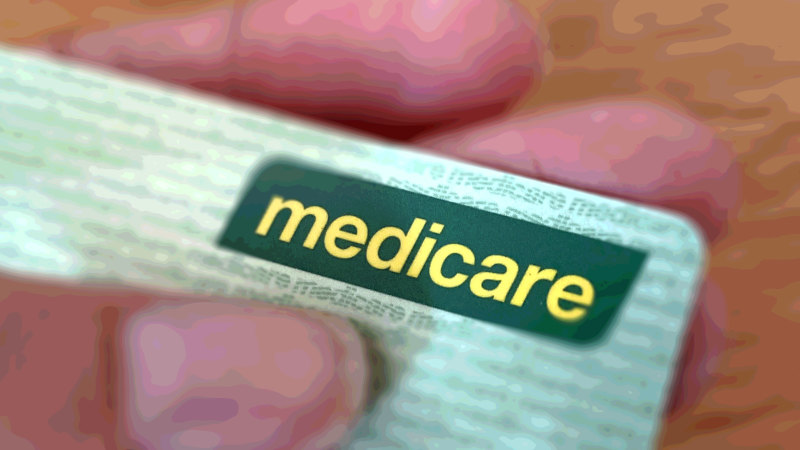Save articles for later
Add articles to your saved list and come back to them any time.
The income thresholds above which people are penalised with extra tax if they do not have private hospital cover are set to rise from July 1, the first time in eight years.
From July 1, the single-person annual income threshold above which the person pays a 1 per cent Medicare Levy Surcharge (MLS) – which they pay through their tax returns if they do not have the appropriate level of private patient hospital cover – rises to $93,000.
That is an increase of $3,000 from $90,000, which has been unchanged for the previous eight financial years.
More people may find themselves exempt from the Medicare Levy Surcharge come July 1.Credit: Isabella Porras
The threshold for couples rises to $186,000 from $180,000, plus $1500 for each dependent child after the first one. Higher surcharges apply for those in higher income bands who do not have hospital cover of up to 1.5 per cent.
Those who do not familiarise themselves with the changes could end up making a costly mistake, says Sophie Ryan, a spokesperson for comparison site iSelect.
“Now is the time to get yourself up to speed and check how, or if, these changes may affect you,” Ryan says. The surcharge is in addition to the 2 per cent Medicare Levy paid by most taxpayers.
“The ATO uses a specific definition of income, called ‘Income for MLS’ purposes when calculating whether you have to pay the MLS and the rate you pay,” Ryan says.
“If you’re confused about your income for MLS purposes, more information can be found on the ATO website.”
Polling by i-Link Research for iSelect of 1000 people aged 18 and over, shows just over half do not understand what the MLS is, let alone being aware of the income threshold changes.
Those who have been close to the income threshold and who have recently received a pay rise may be in for a reprieve on buying hospital cover thanks to the higher thresholds.
Many younger people do decide that the benefits of private cover outweigh the costs, Ryan says.
A single person or family whose income is just over the threshold could pay premiums for hospital cover that are about the same as the tax impost of the MLS, Ryan says.
“It’s important to remember that there may be very little cost difference between paying the additional tax or taking out … hospital cover, which may provide significant benefit should you experience a health issue in the future,” Ryan says.
“Basic” level hospital cover – not extras cover – is needed to avoid the MLS. Insurers will be able to tell you which is the cheapest policy you will need to be exempt from the surcharge, though some people, such as soon-to-be mothers, may want more than basic hospital cover.
Regardless of your income, those who do not have cover by July 1 following their 31st birthday have a loading applied to their premiums.
A Lifetime Health Cover loading of 2 per cent is applied on top of your premium for each year you delay taking cover.
The ATO gives the example of someone who waits to take out private patient hospital cover until age 40, who would pay an extra 20 per cent on the annual premium.
Once someone has paid the loading for 10 years of continuous cover, they no longer have to pay the loading.
- Advice given in this article is general in nature and is not intended to influence readers’ decisions about investing or financial products. They should always seek their own professional advice that takes into account their own personal circumstances before making any financial decisions.
For expert tips on how to save, invest and make the most of your money, delivered to your inbox every Sunday, sign up for our Real Money newsletter here.
Most Viewed in Money
From our partners
Source: Read Full Article

